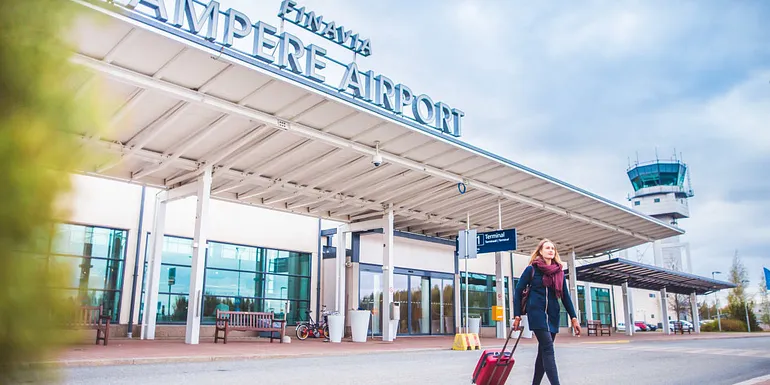The ‘Finlayson 200’ exhibition presents the development of the Finlayson factory on the banks of the Tammerkoski rapids into the Nordic region’s largest industrial enterprise and beyond, with adaptation to a new, post-industrial era. The company established in 1820 by James Finlayson, a Scot, was very important for Tampere and had a huge hand in shaping its development. The beginnings were humble enough. Industrial revolution took hold in Tampere (and the rest of Finland) only after three businessmen from St.Petersburg bought the Finlayson mill in 1836 and started building an ambitious new mill building, the six-storey Kuusvooninkinen, next to it.
Over many decades, the factory area continued to grow, with nearly constant construction and alterations. The operation was highly international from the start: the owners and their networks represented international elites, recruitment of experts for the mill extended all over Europe, cotton was imported from America, and production targeted the St. Petersburg market. Finland was mainly a source of labour for the operation.
Finlayson’s textile production was quite varied: the mill produced many grades of fabrics and an enormous selection of yarn, clothing fabrics, and interior-design textiles. These operations required a large number of workers. At the peak of the production, at the turn of the 20th century, the mill had more than 3,100 employees in Tampere. The company’s production along the Tammerkoski rapids came to an end in the early 1990s, and all of its production in Tampere finally ceased in 1999. The Finlayson mill in Forssa was Finlayson’s last mill to close down, shutting its doors in 2009. Only the brand, for items designed in Finland and produced abroad, remained.
 Map
Map




